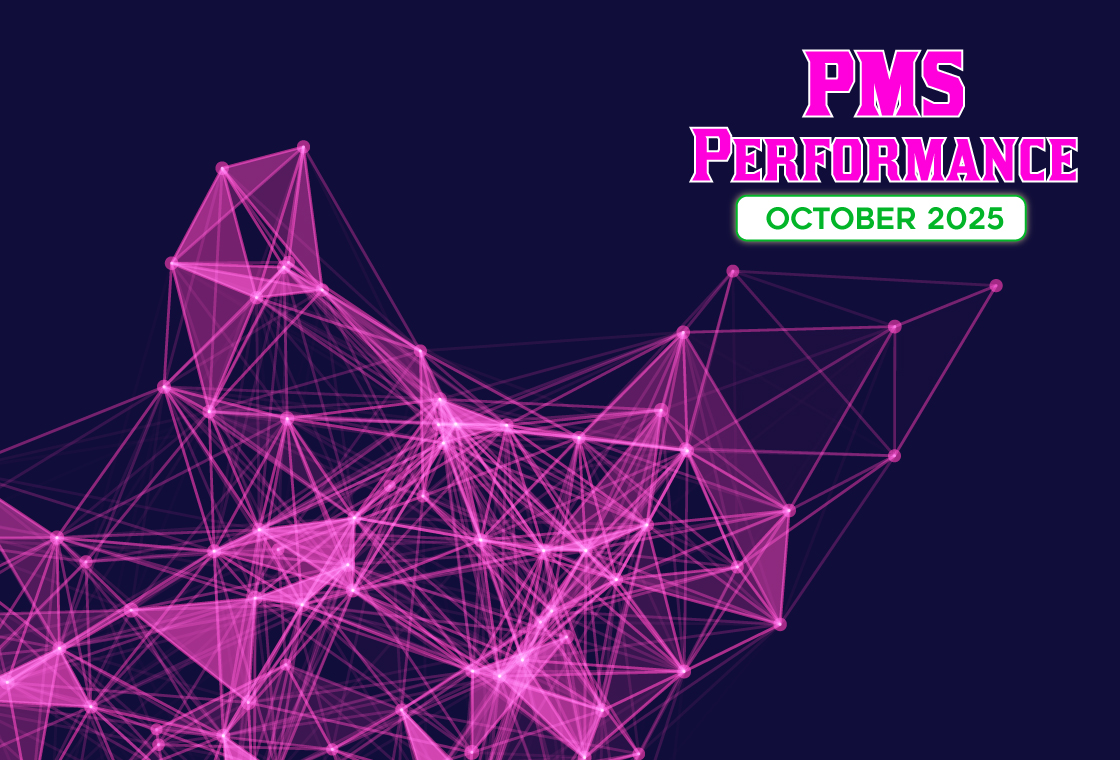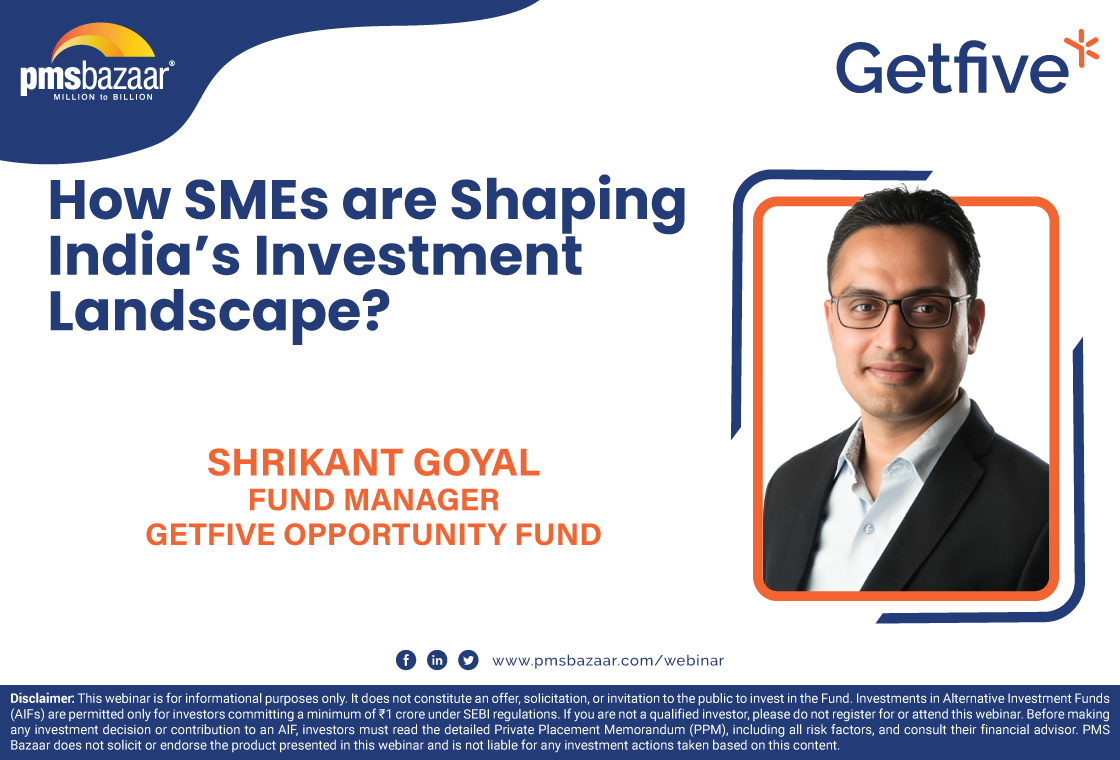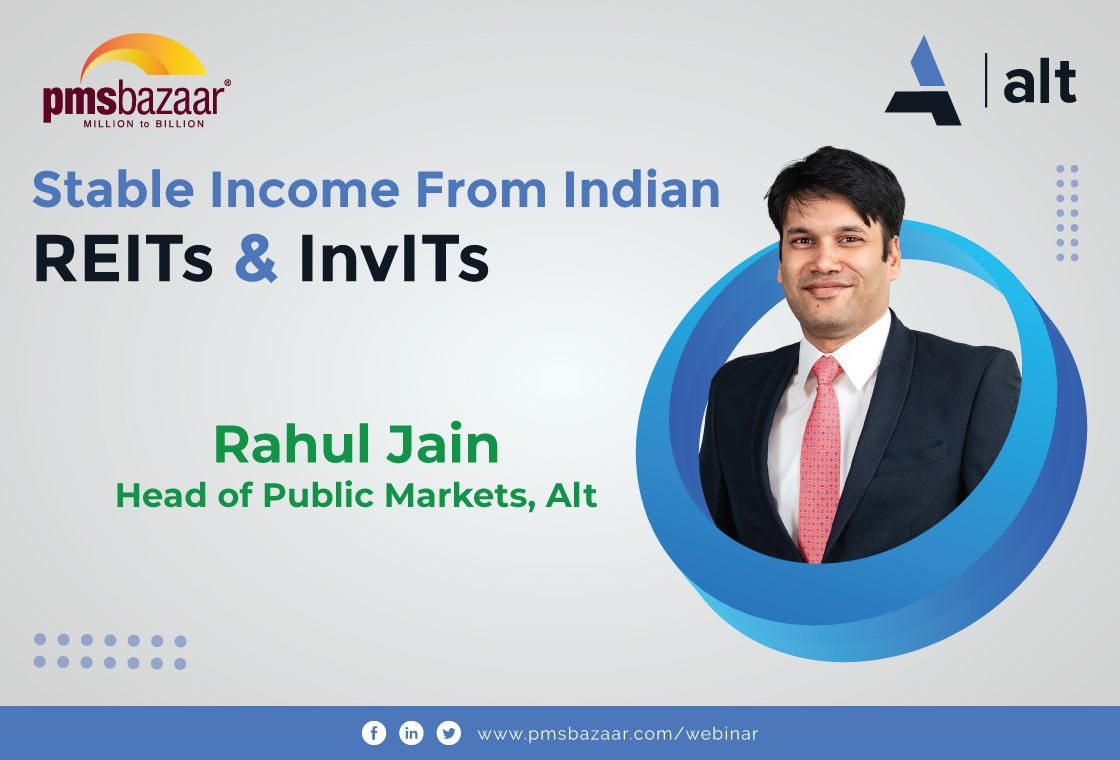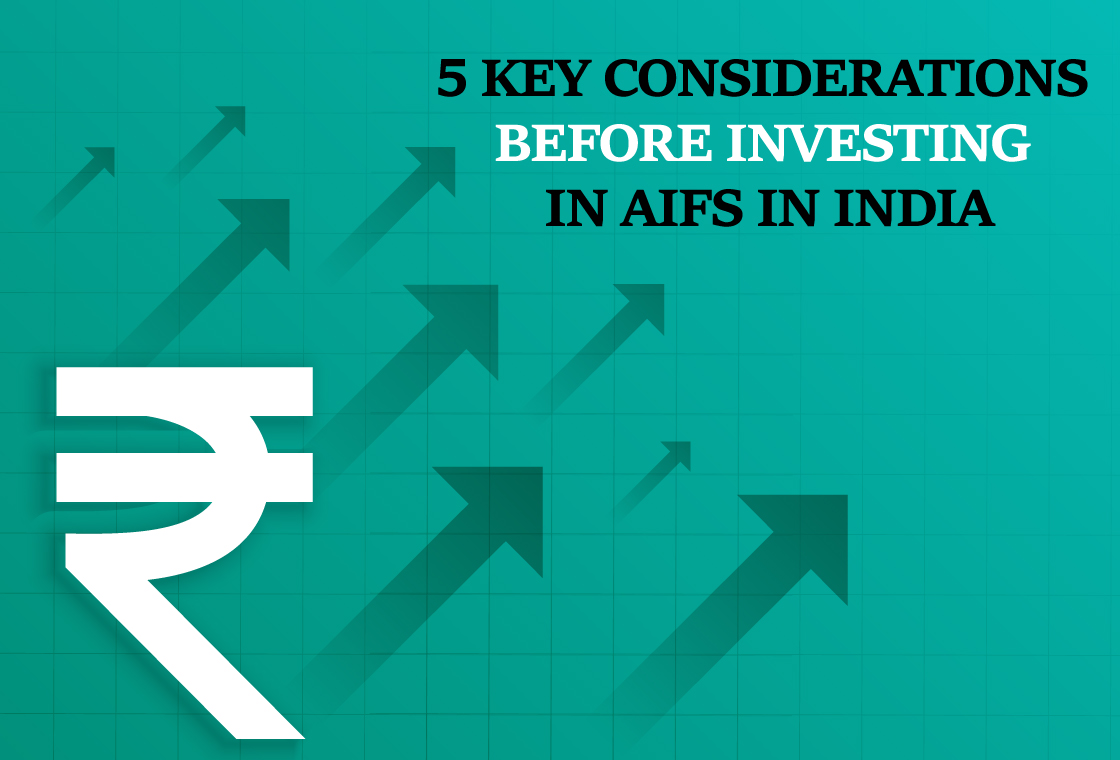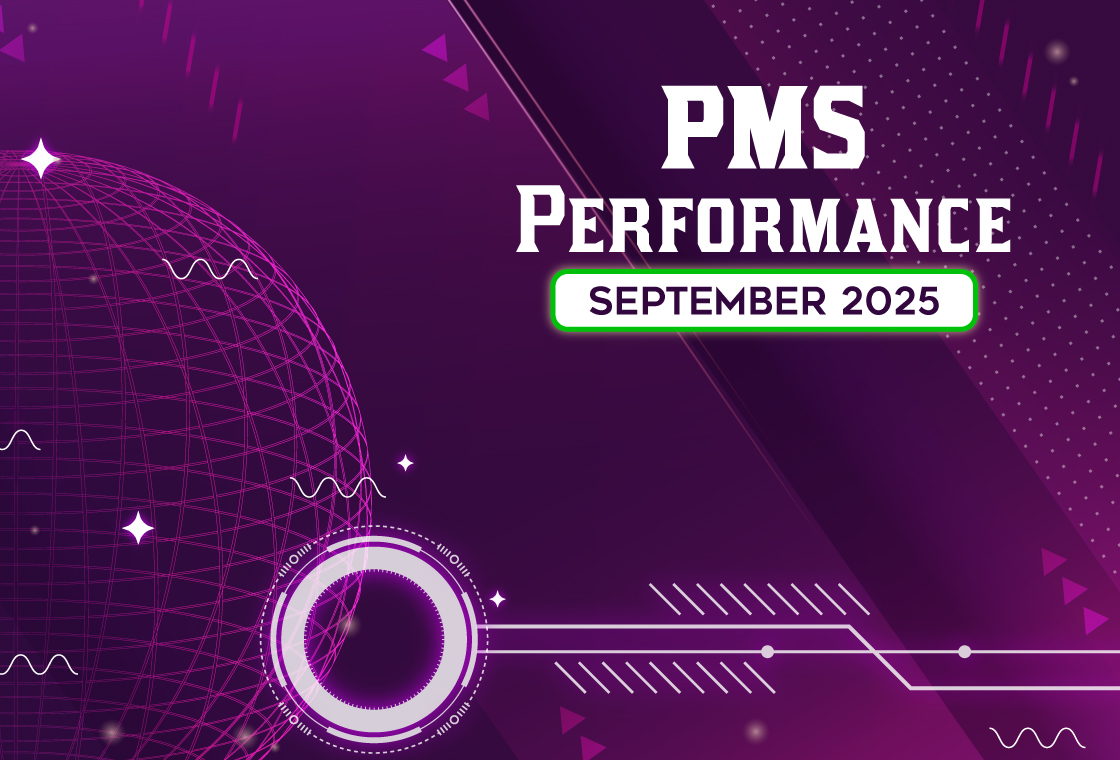In India, Portfolio Management Services (PMS) are offered with three PMS fee options - fixed-only, profit-sharing only and hybrid fee. Emerging as a favorable investment venue for high net-worth (HNI) and Ultra High Net-worth (UHNI) individuals, there is a lack of clarity on the PMS fee structure and how the investors are charged under each fee structure. PMS Bazaar recently conducted a detailed study on PMS fee structures and how portfolio managers charge in each case. This article consolidates the study with detailed illustrations of different PMS Charges offered by Indian portfolio managers for investors to make informed investment decisions.
High networth individuals (HNIs) and Ultra-HNIs (UHNIs) have a wide range of investment options, and portfolio management services (PMS) often stand out as an attractive choice due to their potential for high returns. However, there are common misconceptions about PMS products in India, particularly regarding their fee structure. This is mainly on account of a lack of understanding, not only with investors but also among some media and industry experts.
The most common misconception is that portfolio managers (asset management companies) charge a fixed fee over and above performance fees. While this is just one of the fee options offered by portfolio managers, there are three main fee options available to PMS investors - fixed-only fee, profit-sharing or performance-only fee, and hybrid fee (a combination of the fixed and performance fees).
Here we demystify the different PMS fee structures to help investors make informed investment decisions.
PMS FEE OPTIONS
Portfolio Management Services (PMS) is a specialised investment management service designed for HNIs and UHNIs. This is mainly because the minimum investment requirement is Rs 50 lakh. These services offer a tailored approach to wealth creation, catering to client's investment preferences.
For the services rendered, portfolio managers charge three types of fees - fixed only, profit-sharing only and hybrid. Between the three fee options, the fixed fees are levied either quarterly or monthly on the average value of the portfolio. On the other hand, performance fees are charged yearly, if the portfolio outperforms the hurdle rate. In the case of the hybrid fee option, the portfolio managers charge both fixed and profit-sharing fees.
Similar to mutual funds, PMS approaches offer both direct and regular plans. In our story, we have considered fee structure via regular route for 349 PMS approaches (as on October 31, 2023) in the PMS Bazaar universe. Of this, 184 PMS approaches offer all three PMS fee options and investors can choose any one fee option, 58 offer fixed-only and 7 offer profit-sharing only as fee options. Keep in mind that additional charges, such as operating expenses custody charges and so on, may be added to the fees. Nevertheless, the benefits of PMS often outweigh the costs, particularly for those seeking a sophisticated and personalized approach to wealth creation.
Here is what you should know about the three different fee options offered by the portfolio managers.

FIXED-ONLY FEE OPTION
In the fixed fee (only) structure, you will pay a fixed percentage, of your average portfolio value to the portfolio manager, periodically. The fixed fee typically ranges from 0.25% to 2.5%. This fee is charged regardless of the performance of your PMS scheme. Based on the data available with PMS Bazaar, of the 349 approaches considered, 58 approaches charge (only) fixed fees to investors. As mentioned earlier, 184 (out of 349) PMS approaches offer all three fee options. So, considering this, the fixed-only fee options offered by PMS approaches are 242 (184+58).
While the fees may vary depending on the investment approach and portfolio managers, once you invest, you will be paying this fixed fee every year. Refer to Table for more details.
One key benefit of this fee structure is that, despite the market conditions, it can provide peace of mind, knowing that your investment costs are under control.

PROFIT-SHARING ONLY FEE OPTION
When it comes to the profit-sharing-only fee option, within the PMS Bazaar universe, there are 191 PMS approaches that offer this fee as an option. As mentioned earlier, 184 (out of 349) PMS approaches offer all three fee options. And there are 7 portfolio managers (AMCs) that charge only performance-based fees to their investors. This brings the total to 191 PMS approaches that offer profit-sharing (performance-based) as fee options.
The performance-based fee is typically structured as a percentage of the profits generated by your portfolio, in excess of a specified hurdle rate. The hurdle rate is the minimum rate of return that your portfolio must achieve before you start paying performance fees. So, if the hurdle rate is 8% and your portfolio generates a 10% return, you will pay a performance fee on the 2% profit (as it exceeds the hurdle rate).
Let's understand this structure with an example. The table below details the profit-sharing fee option. You pay Rs 1.2 lakh from profits as a performance fee to the portfolio manager (AMC). This is because the portfolio returns are at 20% over and above the hurdle rate of 8%.
But if your portfolio's performance is 7%, then you don't pay anything as fees.
The high watermark concept comes into play when determining the performance fee. The high watermark is the highest value your portfolio has reached at the end of the year (or the date when the fee is charged). Once your portfolio reaches a new high watermark, the hurdle rate for calculating performance fees is reset to that new value. This means that you will only pay performance fees on profits that exceed the highest value your portfolio has reached as on that date considered for fee calculations.
For instance, in the first year, your portfolio value is Rs 60 lakh (profit of Rs 10 lakh). This is the highest value your portfolio has reached at the end of the year. So, for next year, the hurdle rate will be on this highest value. That is, the 20% profit-sharing fee will be applicable if the portfolio value reaches 8% beyond Rs 60 lakh. Your portfolio value (including profit) should be Rs 64.80 lakh or more in the following year.
More often, there is a misconception in the profit-sharing fee model. Investors usually assume that under this model, the portfolio construction will be different, and aggressive, which could result in better performance of the PMS approach. But that is not the case. All PMS approaches operate similarly in terms of portfolio construct, and the distinction comes in fee structure. Profit-sharing, the one key benefit is that you will only pay performance fees when your portfolio is outperforming (the hurdle rate). However, it is important to remember that you could potentially end up paying more as fees if your portfolio performs exceptionally well. Ideally, this could be suitable for investors who are comfortable in sharing profit with portfolio managers.

VARIABLE OR HYBRID FEE STRUCTURE
Under this fee structure, 284 PMS approaches offer hybrid as a fee option. Here, you will pay a fixed fee, in addition to this, you will also pay a performance-based fee whenever your portfolio generates profits (beyond the hurdle rate). Within the PMS Bazaar universe, 100 PMS approaches offer hybrid fee-only option to investors. And out of 349, 184 PMS approaches offer all three fee options. Taking this into consideration, 284 (100+184) PMS approaches offer hybrid as a fee option.
The hybrid fee structure can be an attractive option for investors who are looking to benefit from both kinds of fee structures - fixed as well as profit-sharing. Under the hybrid fee model, the fixed fee is relatively lower than the fixed fee charged under the fixed-only option.

THE TAKEAWAY
Before selecting a fee structure for your Portfolio Management Service (PMS) investment, it's crucial to understand the three options available: fixed fees, profit-sharing fees, and hybrid fees. Each structure offers distinct advantages and may suit different investors based on their risk tolerance. Choosing the right fee structure for your PMS investment hinges on understanding the fee structure.
The fixed-only fee option offers peace of mind. You pay a predetermined amount annually, regardless of market conditions or your portfolio's performance. This ensures predictable costs, ideal for investors seeking stability.
In the profit-sharing fee model, you pay nothing unless your portfolio outperforms the hurdle rate, but the fees can escalate significantly with exceptional returns. This structure suits investors comfortable in sharing profit with portfolio managers.
But if you want the best of both worlds (fixed and profit-sharing fees), a balanced approach, then there is one more fee option to check - a hybrid fee. In this blend of fixed and profit-sharing (performance-based), you pay a lower fixed fee and a performance-based fee only when your portfolio surpasses the hurdle rate. This can be attractive for investors seeking a lower cost while still rewarding the portfolio manager for exceeding expectations.
Ultimately, the best fee structure depends on your individual risk tolerance and comfort level with potential fees and your desired level of control over costs.






